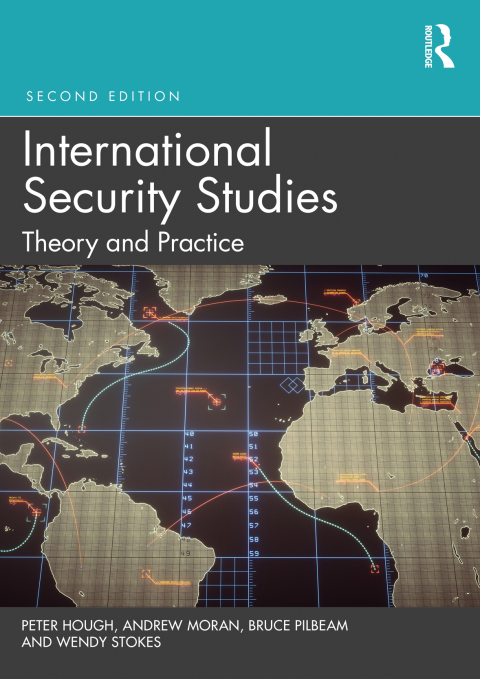Description
Efnisyfirlit
- Cover
- Half Title
- Title Page
- Copyright Page
- Table of Contents
- List of figures
- List of tables
- List of boxes
- List of contributors
- Section I Conceptual and theoretical
- 1 Framing a discipline
- 2 The traditional routes to security: Realism and Liberalism
- 3 Challenging orthodoxy: Critical Security Studies
- 4 Feminist Security Studies
- 5 Human Security
- 6 Constructing security
- Section II Military security
- 7 Reflecting on war and peace
- 8 New wars, globalisation and failed states
- 9 Nuclear proliferation
- 10 The international arms trade in conventional weapons
- 11 Terrorism
- 12 Religion and international conflict
- 13 Intelligence and security
- 14 The rise of private military and security companies
- Section III Non-military security
- 15 Environmental security
- 16 Crime and security
- 17 The securitization of LGBT communities in Uganda
- 18 Food security
- 19 Health and security
- 20 Disasters and security
- 21 Migration and security
- 22 Cyber security
- Section IV Institutions and security
- 23 The United Nations and the Responsibility to Protect
- 24 NATO and security alliance theory
- 25 Regional security organizations
- Section V Case studies
- 26 The US: seeking security post-9/11
- 27 Russia, the Black Sea region and security
- 28 China: security and threat perceptions
- 29 Security in Europe: the triumph of institution-building?
- 30 Security in Africa
- 31 The Arctic
- 32 The Arab Spring and democracy: problems and prospects
- 33 The Israeli-Palestine conflict
- 34 Korea
- 35 Bolivia and Brazil: human, national and environmental security in Latin America
- 36 Space and security
- 37 Conclusion: where to next?
- Bibliography
- Glossary
- Index





